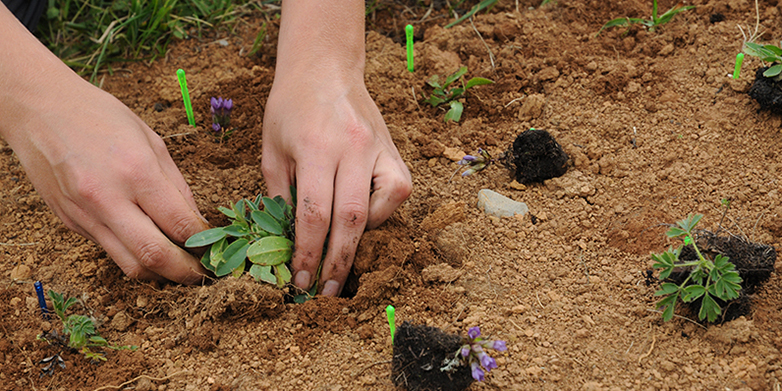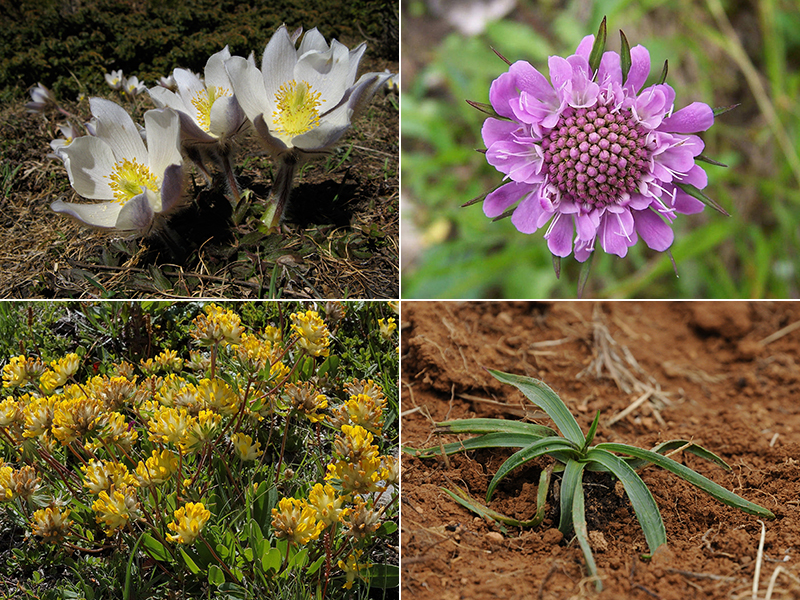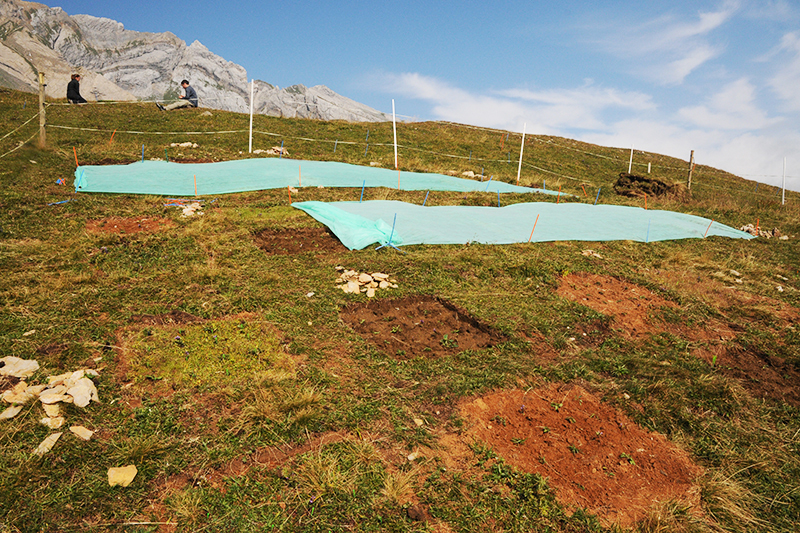Novel competitors affect species' responses to climate change
As the climate warms, many plants face an uphill struggle for survival. A new ETH Zurich study indicates that this is particularly true wherever they face increased competition from plants that have migrated to their habitat due to climatic changes.
Climate change is proceeding unchecked and average temperatures are rising, forcing many wild animals and plants to move into new habitats. As species come together in new combinations, climate change reshuffles the deck of ecological interactions, with unexplored consequences.
For alpine plants, this could mean that in the future they will face competition from species that were previously unknown to them: plants that are found at lower elevations today, but migrated due to climate change.
Recently published in Nature, a new study by plant ecologists Jake Alexander, Jeff Diez and ETH Zurich Professor, Jonathan Levine provides the first empirical evidence that this new source of competition could be decisive.
Simulated competition in a warmer world
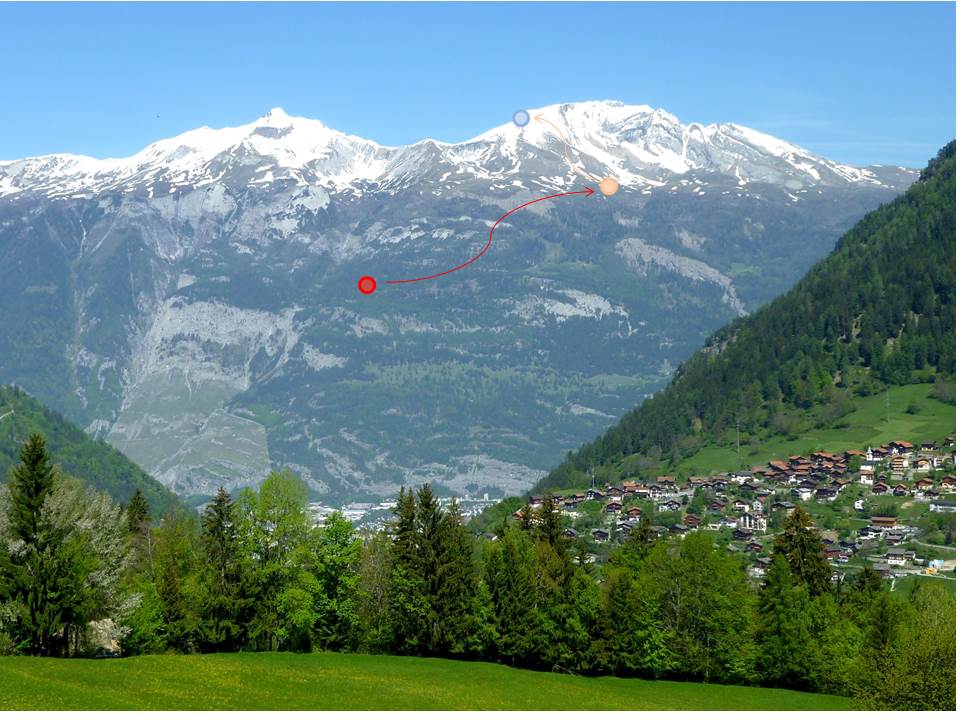
By conducting an experiment on the Calanda, near Chur, Switzerland, the researchers discovered that alpine plants can survive a climate that’s three degrees warmer – provided they compete with their current alpine neighbours. When alpine plants were confronted by plant communities native to lower elevations, however, their survival rate declined by more than half. Even those that did hold up against the competition grew poorly and flowered less.
“This is important because it shows that we need to know who plants are competing against if we want to predict their performance and location after climate warming,” says Alexander. He believes that this effect is explained by competition for light: plants from lower elevations grow taller and their leaves are often larger, allowing them to out-compete smaller alpine species.
Originally, ecologists assumed that higher temperatures would prove to be alpine plants’ downfall. However, Alexander and his colleagues found that this direct effect of climate change was rarely negative. “The decisive factor that will make life difficult for alpine plants in future is competition, and competition from novel low elevation migrants in particular,” says Alexander. This finding contributes to growing evidence that changing species interactions are more important than the direct effects of temperature after climate warming.
Testing various scenarios
The experiment run by the ETH Zurich researchers is the first to empirically test the role of novel competitors in the field. For most habitats, scientists simply do not know which species will face each other in the future. “But in mountains we do”, says ETH Zurich Professor Jonathan Levine – “the future competitors of alpine plants are only hundreds of meters down the slope.”
To conduct the experiment, the authors transplanted four characteristic plant species – spring pasqueflower, alpine kidney vetch, glossy scabious and black plantain – from their current location in an alpine meadow to a new home 600 metres lower down the mountain. This move simulated the expected rise of about 3 degrees in average temperature for Switzerland over the next 50 to 100 years. The plants were transplanted either into vegetation native to the low elevation site – their future novel competitors – or into vegetation brought down from the alpine meadow – their current competitors. In addition, the scientists used similar approaches to simulate competition after the successful emigration of the focal species to higher elevations as climate warms.
This complex experimental design let the researchers test various scenarios. First, they tested the scenarios in which alpine plants remain at their location in a warmer climate and are either invaded by species from lower elevations, or remain competing with their current alpine community. Second, they tested the scenarios in which the alpine plants manage to migrate upwards, where they encounter high-alpine plant communities or their current competitors that migrate along with them.

Effect of competition unexpectedly clear
The overriding effect of new competitors under warmer climactic conditions might not surprise ecologists with knowledge of alpine habitats, including the study’s authors; never-the-less, they believe that their findings are important for efforts to predict species’ climate change responses. “The vast majority of predictions about where species will be in the future is based on the assumption that competitor identity doesn't matter,” says Jeff Diez now professor at U.C. Riverside.
“Finding out that it is competition from lower-elevation flora that serves as the decisive effect, and not higher temperatures as previously assumed, is a very valuable discovery,” says Alexander.
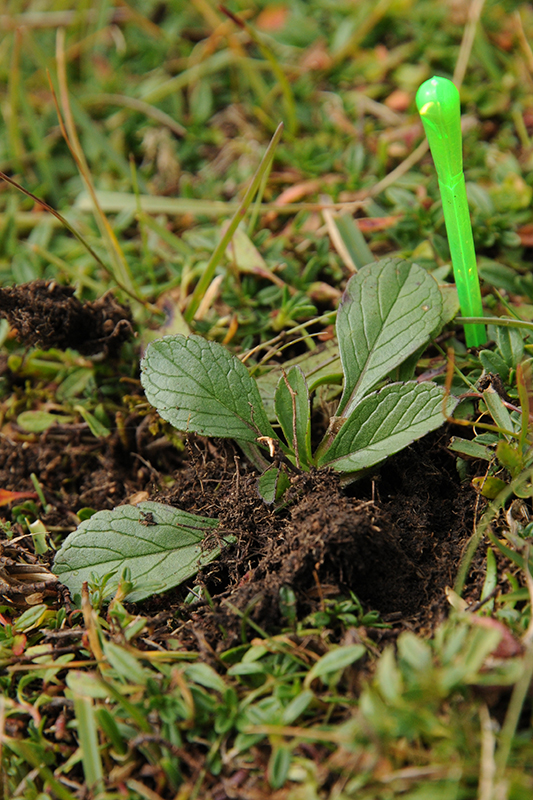
Novel competitors might not always have such a strong influence. Perhaps, the four focal species could hold their own in high-alpine plant communities, because representatives at these elevations have similar leaf and plant structures.
Alexander is aware that the scenarios simulated in this experiment are “extreme”. In the future, vegetation will change more gradually and not all plants migrate at the same rate. A more realistic scenario is that new species will move upwards step-by-step; however, this is more difficult to investigate experimentally. In addition, the ETH Zurich researchers were able to observe the development of the four alpine species for just two years. This was still a long enough period of time to provide an ample indication of the factors that would have a crucial effect on plants in future warmer climates. “Our study provides one of the first empirical indications that competition with new ‘range expanders’ has to be taken into account when forecasting species’ responses to climate change,” emphasises Alexander.
Reference
Alexander JM, Diez JM, Levine JM. Novel competitors shape species response to climate change. Nature, advanced online publication September 16th 2015. DOI: external page 10.1038/nature14952
